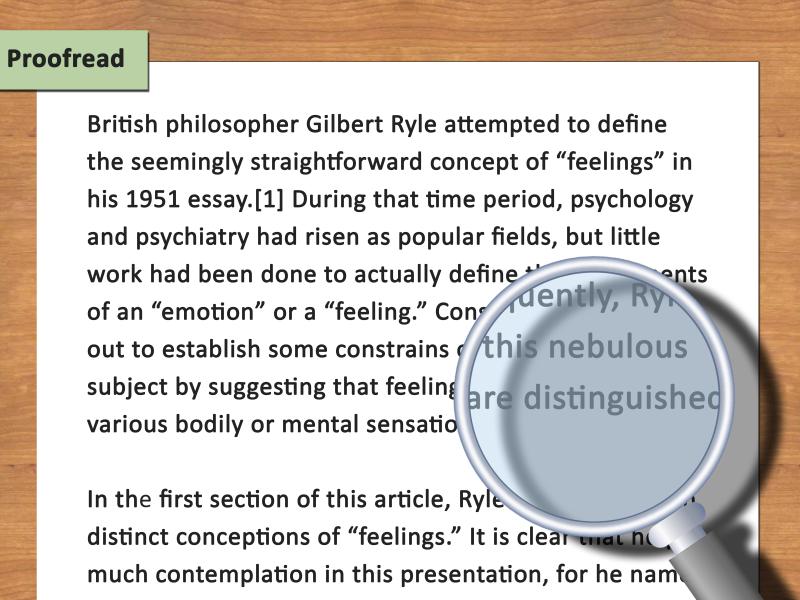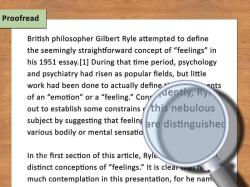How to review journal articles?
Reviewing journal articles involves critically evaluating and assessing the content, methodology, and contribution of a scholarly article. Here's a step-by-step guide on how to review journal articles:
1. Initial Reading:
- Skim Through: Start by quickly skimming the article to understand its main focus, key arguments, and structure.
- Read Abstract and Conclusion: Pay attention to the abstract and conclusion to grasp the main findings and implications.
2. Detailed Reading and Note-Taking:
- Understand the Research Question/Objective: Identify the main research question or objective of the study.
- Evaluate Methodology: Assess the research design, methodology, data collection methods, and analysis techniques used.
- Note Key Findings: Highlight or jot down important findings, results, and any limitations mentioned.
3. Structure Your Review:
- Introduction Assessment: Evaluate the clarity of the introduction in setting up the research context, problem statement, and hypothesis.
- Methodology Evaluation: Critically assess the methodology for its appropriateness, reliability, and validity.
- Results Analysis: Analyze the results and their relevance to the research question. Evaluate the statistical significance and interpretation.
- Discussion and Conclusion: Evaluate the discussion's coherence and alignment with the results. Assess the conclusion's contribution to the field.
4. Assess Contribution and Originality:
- Contribution to the Field: Determine how the article contributes to existing knowledge, theories, or practices in the field.
- Originality and Innovation: Evaluate the article's novelty, innovation, and uniqueness in addressing the research problem.
5. Identify Strengths and Weaknesses:
- Highlight Strengths: Recognize the strong points, innovative approaches, or well-supported arguments in the article.
- Address Weaknesses: Identify limitations, methodological flaws, biases, or gaps in the article's approach or findings.
6. Provide Constructive Feedback:
- Constructive Criticism: Offer specific, constructive feedback addressing the article's weaknesses while acknowledging its strengths.
- Suggestions for Improvement: Provide suggestions for improving methodology, data analysis, or areas needing further clarification.
7. Write a Structured Review:
- Introduction: Begin with a brief summary of the article and its importance.
- Main Body: Organize your review by addressing different aspects of the article (methodology, results, discussion) separately.
- Conclusion: Summarize your evaluation, highlighting the article's contribution and suggesting improvements.
8. Follow Journal Guidelines:
- Adhere to Instructions: Follow the specific journal's guidelines for reviewers while formatting and structuring your review.
- Ethical Considerations: Maintain confidentiality, objectivity, and integrity while reviewing.
Remember, a well-structured and balanced review provides constructive feedback to authors and assists editors in deciding on the publication of the article.
Would you like more detailed information on any specific aspect of reviewing journal articles?
1. Steps for Effectively Reviewing Journal Articles
Critically reviewing journal articles is an essential skill for researchers, students, and anyone who needs to stay up-to-date on the latest research in their field. Here's a step-by-step guide to effectively reviewing journal articles:
1. Skim the Abstract and Introduction: Start by skimming the abstract and introduction to get a general overview of the article's purpose, methodology, and findings. This will help you determine if the article is relevant to your interests and if it's worth investing more time in.
2. Read the Methods Section Carefully: The methods section outlines the research design, data collection procedures, and data analysis techniques used in the study. Pay close attention to this section to assess the validity and rigor of the research methodology.
3. Analyze the Results Section: This section presents the key findings of the study. Evaluate the results carefully, considering their statistical significance, consistency with previous research, and potential limitations.
4. Critically Evaluate the Discussion Section: The discussion section interprets the findings, discusses their implications, and suggests future research directions. Assess the authors' arguments, consider alternative explanations for the findings, and identify any areas for further exploration.
5. Consider the Overall Quality and Significance of the Article: Once you've completed the above steps, take a step back and evaluate the overall quality and significance of the article. Consider factors such as the clarity of writing, the originality of the research, and the contribution to the field of knowledge.
6. Take Notes and Summarize Key Points: Throughout the review process, take notes on important points, findings, and questions. Summarize the key points of the article to solidify your understanding and facilitate future reference.
2. Best Practices for Critically Reviewing Scholarly Articles
Here are some additional best practices for critically reviewing scholarly articles:
Read Actively and Critically: Approach the article with a questioning mindset. Don't just accept what the authors say; evaluate their arguments, consider alternative perspectives, and identify any potential biases or limitations.
Compare and Contrast with Related Research: Place the article's findings in the context of existing literature. Consider how the study's findings compare and contrast with previous research, and identify any gaps or inconsistencies.
Consider the Broader Implications: Think about the broader implications of the research. How might the findings impact the field of study, society, or policy? What questions do the findings raise for future research?
Seek Feedback and Collaboration: Discuss your review with colleagues, peers, or professors. Sharing your thoughts and insights can enhance your understanding and identify areas for further consideration.
Maintain Objectivity and Professionalism: Approach the review process with objectivity and professionalism. Avoid personal biases or emotional judgments, and focus on providing a fair and constructive critique.
3. How to Conduct a Thorough and Insightful Analysis of Journal Articles
To conduct a thorough and insightful analysis of journal articles, follow these tips:
Start with a Strong Foundation: Before diving into the analysis, ensure you have a strong grasp of the research topic, theoretical framework, and relevant literature.
Identify the Research Question: Clearly identify the central research question the study addresses. This will serve as the guiding principle for your analysis.
Evaluate the Methodology: Assess the appropriateness and rigor of the research methodology. Consider the design, data collection methods, data analysis techniques, and potential limitations.
Analyze the Results: Carefully examine the presented results, paying attention to statistical significance, patterns, trends, and anomalies. Consider how the results relate to the research question and previous research.
Interpret the Findings: Draw conclusions based on the analyzed results. Consider the implications of the findings for the research question, the field of study, and broader societal or policy contexts.
Discuss Alternative Explanations: Explore alternative explanations for the observed findings. Consider potential biases, limitations, and alternative interpretations of the data.
Suggest Future Research Directions: Identify areas for further research based on the findings, limitations, and gaps in the current study. Propose potential research questions and methodologies for future exploration.
Remember, critical review is an ongoing process that requires practice and refinement. With dedication and a systematic approach, you can become an effective reviewer of scholarly articles, contributing to the advancement of knowledge and informed decision-making.


